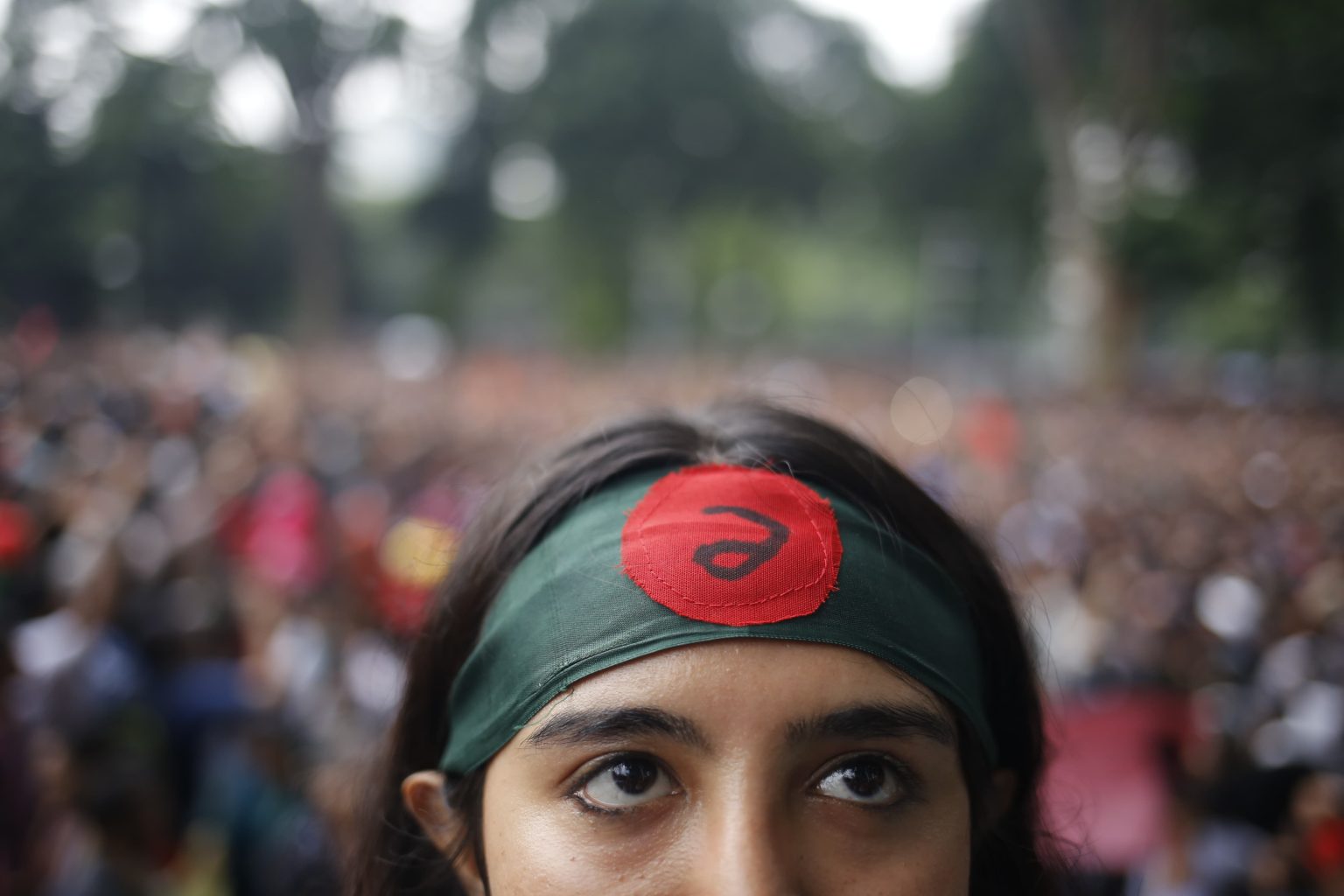A nationwide student-led movement that began in July 2024 succeeded in toppling the long-standing regime of prime minister Sheikh Hasina, culminating in her resignation on 5 August.
Just three days later, an interim government led by Nobel laureate Muhammad Yunus took over, marking a historic political shift in Bangladesh.
Echoing the 1990 anti-Ershad uprising—also initiated by students and resulting in the fall of military dictator HM Ershad—the 2024 movement quickly evolved from specific demands into a broader revolt against authoritarianism.
Like the 1990 protests, which united student bodies across political lines under platforms such as DUCSU and the Sarbadaliya Chatra Oikya Parishad, the recent uprising saw youth from all backgrounds rally together—this time through decentralised leadership and digital tools.
Both movements began with narrow agendas: in 1990, against military rule; in 2024, over government job quota reform.
But the killing of student protester Abu Sayed and five others on 16 July transformed the movement’s scope.
In an emergency meeting held at night after the deadly crackdown, the Anti-Discrimination Student Movement coordinators agreed to expand their agenda—calling for the resignation of the home minister and broader structural reforms, as described by Abdul Qader in one of his Facebook posts.
Students initially used peaceful tactics, including mass sit-ins, road blockades—coined the “Bangla Blockade”—and public rallies.
These were met with brutal repression: arrests, internet blackouts, and violent attacks by the ruling party’s student wing.
Despite these challenges, leaders like Nahid Islam, Umama Fatema, Abdul Qader, Jabir Ahmed Jubel, and Maisha Maliha sustained the movement through underground coordination, relocation strategies, and encrypted communication tools.
The protest gained new momentum when prime minister Hasina labelled student protesters as “Razakars”, a term associated with wartime traitors.
Jabir Ahmed Jubel, general secretary of Revolutionary Student Unity, countered with a viral chant, “Who are you, who am I? Razakar, Razakar! Who said it? Dictator!”
He told Times of Bangladesh that the slogan gained traction quickly, especially with backing from left-wing student alliances.
Female leadership was pivotal throughout. Coordinators like Umama Fatema and Maisha Maliha noted how female students, especially from Ruqayyah Hall, led mobilisation efforts.
“On the night of 15 July, when girls were attacked, we decided not to leave the halls no matter what. That same night, BCL leaders were forced out of Ruqayyah Hall—by morning, they were gone from all DU halls,” said Maisha.
The following day’s killings, including Abu Sayed’s, galvanised student resolve.
Police opened fire during funeral prayers at Dhaka University on 17 July, injuring several activists.
As senior organisers were arrested, Abdul Qader and others stepped up to maintain momentum, even coordinating with controversial student factions to prevent collapse. They introduced a nine-point charter, which included demands for the resignation of key ministers.
By 3 August, many detained activists had been released. A massive rally at Shaheed Minar followed, where coordinator Nahid Islam symbolically replaced the charter with a single-point demand: Hasina’s resignation.
A full-scale non-cooperation movement began the next day.
While the 1990 uprising relied on physical networks and student alliances, the 2024 movement brought a new form of resistance—digitally networked, female-led, and symbolically powerful.
One of its most striking digital acts was the red profile picture campaign, a response to the government’s declared mourning days, signifying blood, protest, and power.
Despite intense state pressure, the movement rejected negotiation.
“We broke the fear, but we haven’t broken the system yet,” said Umama Fatema, reflecting on those days of resistance and mourning.
Ultimately, the 2024 movement, like its 1990 predecessor, succeeded in dismantling an entrenched regime and initiating the path toward democratic reform.
Backed by student forces and segments of the military, the interim coalition government under Yunus was tasked with overseeing national elections.
The July Uprising reaffirmed the enduring power of student activism in Bangladesh.
Drawing from the legacy of 1990 but reshaped for a digital, decentralised era, the youth once again proved that moral clarity, unity, and grassroots mobilisation can bring down even the most entrenched regimes.


